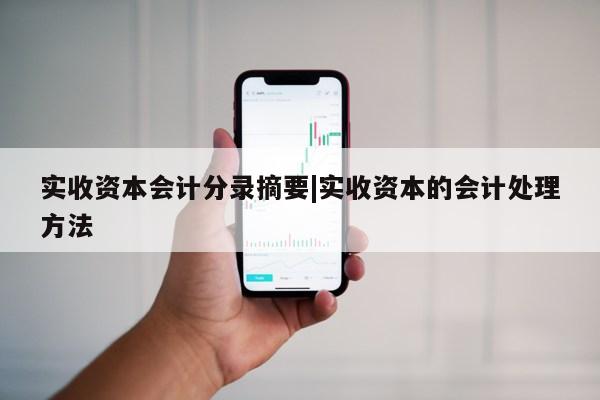实收资本会计分录摘要|实收资本的会计处理方法
- 证券
- 2023-08-29
- 82

Hello readers, thank you for joining me today as we delve into the fascinating world of accounting methods for handling actual paid-in capital. In this article, we will explore the complexities of accounting for actual paid-in capital and how it relates to the stock market, foreign exchange market, funds, and securities. By the end of this article, you will have a clear understanding of the various methods used to account for actual paid-in capital and how it impacts financial reporting.
1. The Importance of Actual Paid-In Capital
When it comes to accounting for actual paid-in capital, there are several methods that can be employed. Understanding the importance of actual paid-in capital is crucial in the world of finance and investing. In this section, we will discuss the significance of actual paid-in capital and its role in financial statements. Let's dive in!
2. Accounting Methods for Actual Paid-In Capital
Now that we understand the importance of actual paid-in capital, let's explore some of the accounting methods commonly used to handle it. From par value method to no-par value method, each method has its own intricacies and implications. In this section, we will take a closer look at these methods and how they affect financial reporting.
3. The Impact of Actual Paid-In Capital on Investments
As investors, it's crucial to understand how actual paid-in capital can impact our investment decisions. In this section, we will explore the correlation between actual paid-in capital and various investment vehicles such as stocks, bonds, and mutual funds. By the end of this section, you will have a comprehensive understanding of how actual paid-in capital influences investment strategies.
In conclusion, the accounting methods for handling actual paid-in capital are essential for accurate financial reporting and successful investing. By exploring the importance of actual paid-in capital, the accounting methods used, and their impact on investments, we have gained valuable insights into the world of finance. I hope this article has provided you with a deeper understanding of the topic and inspired further exploration.























